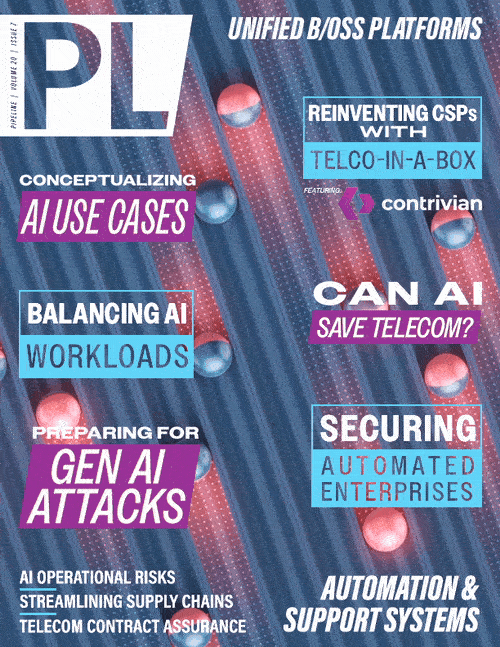AI Risks to Operations
This creates a new opportunity for procurement people in the organization. Many of the knowledgeable people are in start-ups. It is always easier for a big organization to deal with another big organization. But in this space, it is important to build an ecosystem of innovative small companies and start-ups with the expertise. In addition to building knowledge, these innovative start-ups can partner to develop tailored tools and implementations for the organization. With a good base of background information, decisions can be made about risk/reward ratio involved in any proposed GenAI operations installation. If the risk/reward ratio doesn’t pencil out, then don’t implement it. That leads to the question of how to reduce risks in approved implementations.
We do not fully understand why GenAI produces hallucinatory content. It appears to be a function of GenAI’s fundamental probabilistic nature. That is the use of probabilities inside its mathematical models. GenAI technology is still in its early days. Massive improvement efforts are underway. Some of these efforts focus on hallucination reduction. But as long as hallucinations continue to occur, GenAI will present high risks in operations.
Some have argued for the use of GenAI to control for GenAI hallucinations. Conjoint probability tells us that doing so will make things worse, not better. The best path appears to be to use deterministic systems to control for these probabilistic problems. There are three ways to do this:
- Simulate all GenAI operations recommendations before implementing them.
- Harden our networks to minimize damage from GenAI negative side effects.
- Encapsulate GenAI in deterministic shells that can filter out the hallucinations.
Simulations involve creating a simulated version of the network — sometimes called a sandbox. The simulated network is then run before and after the implementation of the GenAI recommendation. This can catch a lot of the problems, but not all of them. The limitations come from scale of the simulation and length of time of the test run. It is hard to create a simulation that has all the scale of todays’ real networks. Simulation runs are typically minutes, hours, days at the most. Some problems will only show up much later. But simulation will catch the most obvious of the problems, and that is well worth doing.
Simulation in some form is already practiced by some organizations. The movement to digital twins offers another path to simulation. The challenges that GenAI creates are new. There is a need for new tools designed specifically to meet the GenAI challenges. There are start-ups developing these tools.
Hardening can be done with tools that work like the human immune and autonomic systems — non-centralized software entities that localize problem identification and remediation to quickly provide high reliability operation. There are start-ups developing these tools.
Encapsulation is the process of imbedding GenAI systems within an envelope of deterministic software that can filter out hallucinations. There are start-ups working on these tools.
Leadership and operations staffs need to partner with these innovators in simulation, hardening and encapsulation. Both sides of the partnership will benefit from focusing on real world operations problems. The organizations will get early versions of tools specifically designed to attack their high priority problems. Innovators will get to market faster with better initial products.
Conclusion
There is a lot of pressure to use GenAI in operations. But there are risks. Hallucinations and other negative side effects are a real problem. Organization leadership and operations staff need to maintain good communication around GenAI. They need to jointly develop the organization's knowledge base around GenAI. For specific project proposals there are three prudent responses available. First, do a risk reward analysis and if the rewards don’t justify the risks, don’t do it. If the decision is to proceed, include a simulation test before fielding. Start now to partner with innovators developing tools to simulate, harden, and encapsulate to maximize the benefits and minimize the risks of using GenAI in operations.



















